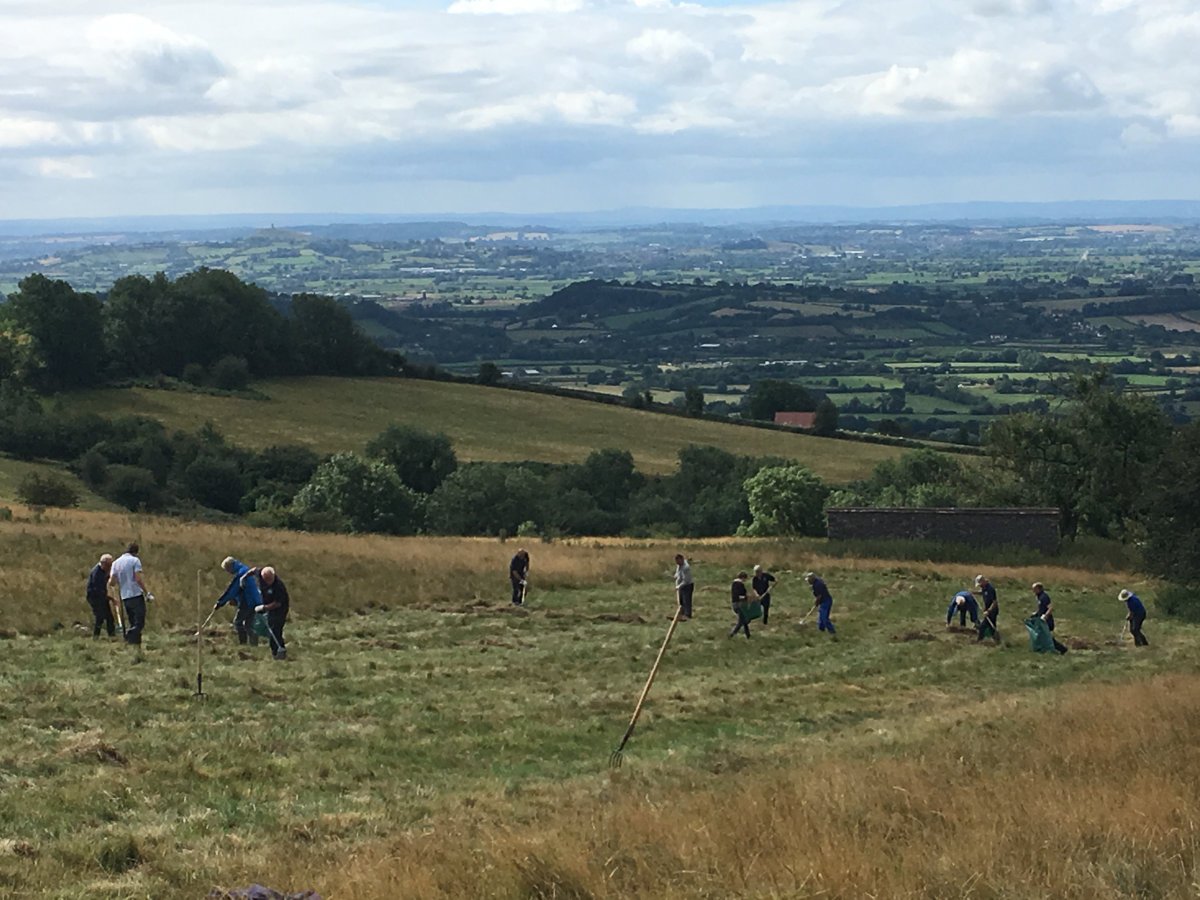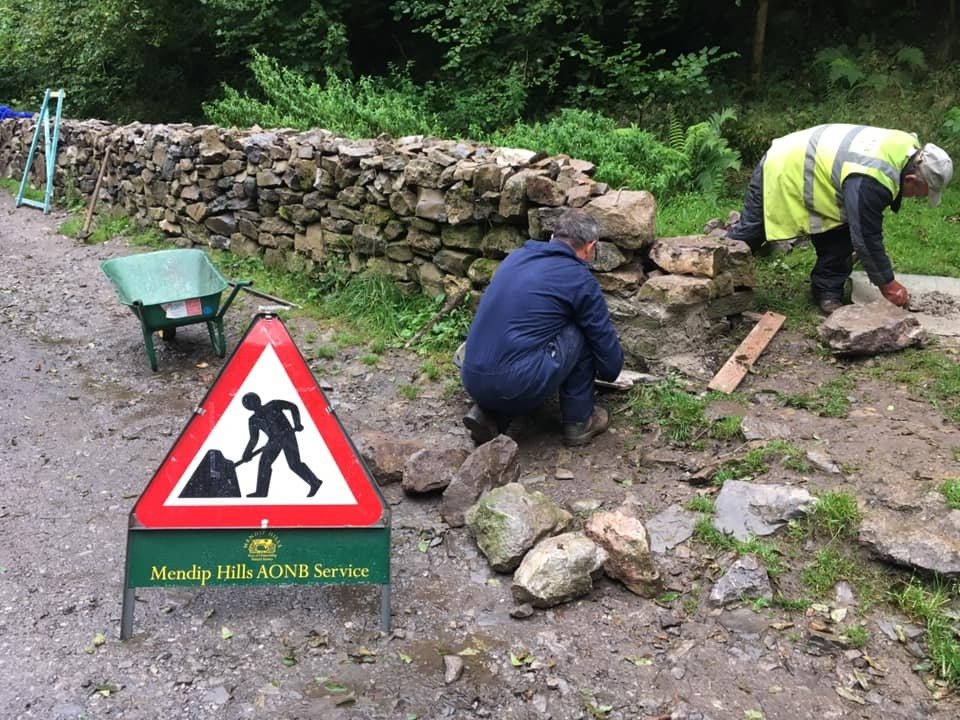
My ears pricked up when I heard that the Prime Minister had committed to “protect 30 per cent of the UK’s land by 2030”. The pledge, made at a UN summit on biodiversity, sounds both ambitious and a welcome response to the environmental challenges facing the planet. With Johnson, however, the disappointment is usually in the detail.
The small print reveals that the Prime Minister felt able to make the pledge because he counted the area covered by our national parks and areas of outstanding natural beauty (AONB) as already protected. Together these two designations cover some 26 per cent of England so, to meet the target according to the press release, he only needs to add four per cent. Four per cent over a decade sounds much less bold however, not the stuff of headlines.
It also casually conflates England with the UK. Adding 400,000 hectares might take England to 30 per cent but Scotland and Northern Ireland would need to do even more for us to reach the UK target. Since national park policy is a devolved matter Johnson doesn’t even have the powers needed to make a UK target a reality.
So often with this government grand promises dissolve into mist when looked at closely. One only has to think of the 40 new hospitals that on closer examination turned out to be six funded projects or the 50,000 new nurses that included many that were already employed. So, is this pledge just an exercise in spin or could there be a bit of substance to it?
George Monbiot takes the former view. In a splendid polemical piece in the Guardian he maintains that
“The government’s promises are not made to be kept. They are made to assure us, to distract us, to persuade us to put away our banners and go home quietly like good citizens, because the situation is under control.” Moreover, he argues, the existing protected landscapes offer “no meaningful protection for wildlife and habitats”.
It’s easy to be carried along by Monbiot’s rhetoric much of which reflects the sad reality of conservation in the UK. One might easily become dispirited, but then again there are signs of fundamental change in a positive direction. The Landscapes Review, prepared for the Department for Environment, Food & Rural Affairs (Defra) in 2019, is less colourful in its language than Monbiot but quietly damning of current practice in its own way. In essence it argues that our system of landscape protection fails to focus on much of what needs protection, and the organisations responsible lack the powers and funding adequately to pursue even their limited objectives.
The principal weakness according to the report is a failure of national parks and AONBs to protect nature. Many of our designated areas remain visually attractive but environmentally degraded and it proposes a renewed focus on enabling nature to recover. Those responsible for protected landscapes “must be more urgent about recovery, not just conserving what we have”. To do so they need to have greater powers and influence. As the report says with considerable understatement:
“Our system of landscape protection has been hampered by having little influence over the things which have done most harm to nature. This includes a system of farming subsidies which, although it has improved, for decades rewarded intensification regardless of the consequences.”
The extent of environmental degradation is set out starkly in a new report from Friends of the Earth. Focusing on the need for active policies to help mitigate climate change the report points out that: “some of our most famous national parks have lower woodland cover than some major cities. There’s less woodland cover in the Yorkshire Dales than in London, less in the Peak District than in Leeds, and less in the Lake District than in Sheffield.”
Friends of the Earth also report that, of those sites designated as needing special protection for nature, fewer “are in favourable condition in our national parks (26 per cent) than in England as a whole (39 per cent)”. Jim Hardcastle, Manager of the Mendip Hills AONB, accepts the criticism. He supports the contention of the Landscapes Review (or the Glover Review as it is sometimes called) that national parks and AONBs lack the authority needed to lead an ambitious agenda focused on nature recovery. He told me:
“This is why the government should implement the Glover Review’s recommendation to strengthen the requirements of public bodies to support the statutory purposes and management plans of national parks.”
Jim is also optimistic about the potential for change arising from the new Environmental Land Management Scheme (ELMS) which is proposed as the cornerstone of post-Brexit agricultural policy. As the charity Rewilding Britain says, it could be: “one of the most important environmental reforms in decades. It could restore nature, and ensure continued healthy ecosystems, by rewarding land managers with ‘public money for public goods’ – that is, by giving subsidies to those whose activities benefit the public.”

In the South West, conservation organisations are already anticipating the direction of change and positioning themselves to take forward the nature recovery agenda. In Somerset for example the Avalon Marshes project is a leading example of landscape scale conservation; in Dorset this year a new ‘super nature reserve’ was initiated on Purbeck Heath and in August Cornwall was chosen as one of five local authorities to pilot local nature recovery strategies.
Each of the AONBs in the South West are also committed to produce nature recovery plans this year. As they operate over a wider area than conservation charities, or even local authorities, they are perhaps best placed to lead strategic planning on the landscape level changes that are needed to tackle climate change and the loss of wildlife.
So are we dealing with spin or substance? It’s a hard question to answer. It’s clear that the 30 per cent target means a lot less than meets the eye, but then again there’s more going on than you might think. It might be a good time for more of us to get engaged so that we can achieve real progress in protecting our environment.




